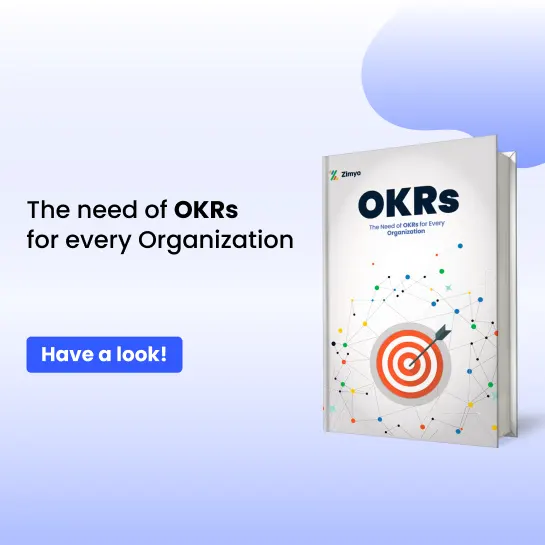System Design interviews are typically part of mid-to-senior level software engineering, backend developer, or solution architect hiring processes. In modern software development, strong coding skills are essential, but the ability to architect systems that scale, perform, and evolve is critical.
These interview questions evaluate a candidate’s ability to think through real-world engineering problems, trade-offs, and collaborative architecture decisions.
Interview Questions & Tips for Answering
1. How would you design a URL shortening service like Bitly?
How to Answer:
- Start by clarifying requirements (functional + non-functional).
- Talk through database schema, hashing techniques, read/write ratios, scalability, and data replication.
- Mention caching (e.g., Redis), redundancy, and analytics.
2. Design a scalable chat application.
How to Answer:
- Discuss real-time messaging, message queues (e.g., Kafka), WebSockets, and data persistence.
- Consider user presence, delivery receipts, and mobile scalability.
3. How would you design a distributed caching system?
How to Answer:
- Talk about cache invalidation, replication strategies, LRU/LFU eviction policies.
- Mention tools like Redis or Memcached and how they integrate into web architectures.
4. Design an online video streaming platform like YouTube.
How to Answer:
- Cover video storage (e.g., CDN, blob storage), compression/transcoding, buffering, and recommendation engines.
- Address scale: millions of concurrent users, metadata indexing, content delivery optimization.
5. How would you design an e-commerce backend system?
How to Answer:
- Discuss microservices for product catalog, user service, cart, payments, and order processing.
- Address consistency, database design (SQL vs NoSQL), and search indexing.
6. Design a scalable notification system like (email/SMS/push).
How to Answer:
- Mention producer-consumer patterns, message queues, retries, logging, and rate limiting.
- Emphasize reliability, monitoring, and batching.
7. How would you approach designing a high-availability architecture?
How to Answer:
- Explain redundancy, failover strategies, active-passive vs active-active setups.
- Talk about monitoring, load balancing, disaster recovery.
8. Design the backend for a ride-hailing service (like Uber).
How to Answer:
- Cover real-time location tracking, matching algorithms, geospatial queries, surge pricing.
- Mention data consistency, queueing, and third-party APIs (e.g., maps, payments)
9. What are the key considerations in database sharding?
How to Answer:
- Explain horizontal vs vertical sharding, shard keys, and rebalancing strategies.
- Discuss cross-shard queries and eventual consistency.
10. Design a logging and monitoring system for distributed application.
How to Answer:
- Discuss log aggregation (e.g., ELK stack), structured logs, alerting systems.
- Emphasize real-time monitoring, dashboards, and error tracking.
11. How do you decide between using SQL vs NoSQL in system design?
How to Answer:
- Compare based on consistency, schema flexibility, scalability, and use case.
- Mention CAP theorem trade-offs.
12. Tell us about a time you scaled a system or solved a performance bottleneck.
How to Answer:
- Share context, how you identified the issue (profiling, metrics), the solution, and its impact.
- Highlight data-driven decisions and collaboration.
13. How do you balance performance, scalability, and security in your designs?
How to Answer:
- Talk about prioritization based on business goals, evaluating trade-offs, and iterative improvements.
14. Do you prefer monoliths or microservices? Why?
How to Answer:
- Discuss context: team size, scalability needs, maintainability.
- Show an understanding of both, and a balanced viewpoint.
15. How would you ensure high availability and fault tolerance?
How to Answer:
Start with replication, backups, and failover systems.
- Talk about active-active or active-passive patterns.
- Discuss health checks and circuit breakers.
- Explain how you’d distribute load and recover from failures.
- Highlight monitoring and auto-scaling.
16. How do you approach designing systems you’re unfamiliar with?
How to Answer:
Show structured thinking:
- Ask questions to clarify goals.
- Identify users and usage patterns.
- Think modularly — break into components.
- Evaluate trade-offs and document assumptions.
- Iterate based on feedback and scale requirements.


